
Lahemaa National Park: Estonia's Natural Jewel
Explore Lahemaa National Park: Estonia's largest national park, featuring diverse landscapes, rich wildlife, historic manor houses, and charming coastal villages.
Lahemaa National Park, located on the northern coast of Estonia, is a haven for nature lovers and history enthusiasts alike. With its vast forests, serene bogs, and picturesque coastline, Lahemaa is one of the most beautiful and diverse places in Estonia. The park covers over 700 square kilometers, making it one of the largest national parks in the country. Visitors can explore a variety of landscapes, from dense woodlands to open meadows. The park is home to many species of wildlife, including moose, wild boars, and over 200 species of birds. The Viru Bog Trail is a popular hike, offering stunning views of the bog landscape and a chance to spot rare plants. In addition to its natural beauty, Lahemaa is rich in cultural heritage. The park contains several historic manor houses, such as Palmse, Sagadi, and Vihula, which offer a glimpse into Estonia's past. These well-preserved estates provide a unique insight into the lives of the Baltic German aristocracy. Lahemaa National Park is also known for its charming coastal villages. Käsmu, often referred to as the 'Captain's Village,' is famous for its maritime history and beautiful wooden houses. Altja, another coastal village, offers a look at traditional Estonian fishing culture with its preserved fisherman's cottages and scenic views of the Baltic Sea.
Local tips in Lahemaa National Park
- Wear comfortable shoes for hiking; the trails can be uneven and wet.
- Visit the historic manor houses early in the day to avoid crowds.
- Pack a picnic and enjoy it by the scenic Viru Bog.
- Bring binoculars for bird watching, especially in the spring and autumn.
- Rent a bicycle to explore more of the park at a leisurely pace.
Lahemaa National Park: Estonia's Natural Jewel
Lahemaa National Park, located on the northern coast of Estonia, is a haven for nature lovers and history enthusiasts alike. With its vast forests, serene bogs, and picturesque coastline, Lahemaa is one of the most beautiful and diverse places in Estonia. The park covers over 700 square kilometers, making it one of the largest national parks in the country. Visitors can explore a variety of landscapes, from dense woodlands to open meadows. The park is home to many species of wildlife, including moose, wild boars, and over 200 species of birds. The Viru Bog Trail is a popular hike, offering stunning views of the bog landscape and a chance to spot rare plants. In addition to its natural beauty, Lahemaa is rich in cultural heritage. The park contains several historic manor houses, such as Palmse, Sagadi, and Vihula, which offer a glimpse into Estonia's past. These well-preserved estates provide a unique insight into the lives of the Baltic German aristocracy. Lahemaa National Park is also known for its charming coastal villages. Käsmu, often referred to as the 'Captain's Village,' is famous for its maritime history and beautiful wooden houses. Altja, another coastal village, offers a look at traditional Estonian fishing culture with its preserved fisherman's cottages and scenic views of the Baltic Sea.
When is the best time to go to Lahemaa National Park?
Unmissable attractions to see
Palmse manor-air museum
Explore the rich history and stunning architecture of Palmse Manor Air Museum in Lääne-Viru County, a serene open-air museum perfect for nature lovers.
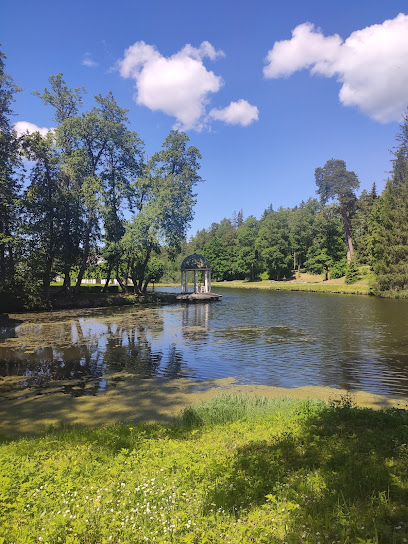
Käsmu Maritime Museum
Explore the rich maritime heritage of Estonia at Käsmu Maritime Museum, a captivating destination for history lovers and families alike.
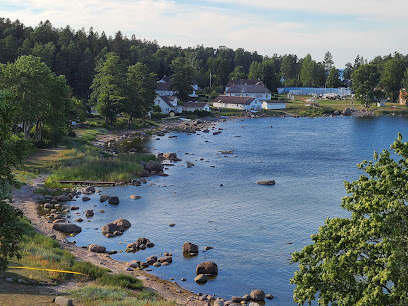
Hara Allveelavade Sadam - Submarine Base
Explore the historic Hara Submarine Base in Estonia, a unique blend of adventure sports and Soviet-era intrigue along the beautiful coastline.
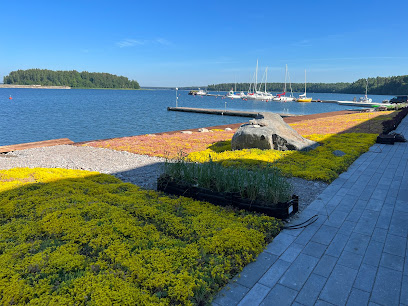
Viinistu Art Museum
Discover the stunning Viinistu Art Museum, a unique fusion of contemporary Estonian art and breathtaking coastal views.
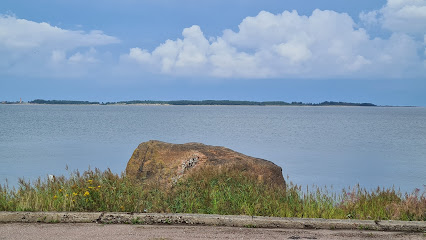
Kolga manor
Explore the stunning Kolga Manor in Harju County, a beautiful blend of history, architecture, and nature in Estonia's picturesque landscape.
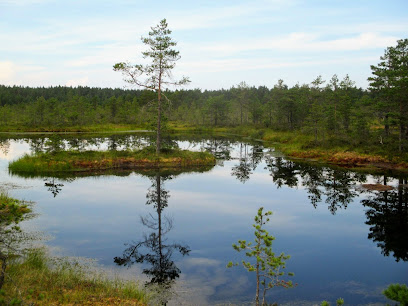
Majakivi - Pikanõmme loodusõpperada (7 km)
Explore the stunning beauty of Majakivi in Lahemaa National Park, a perfect hiking destination for nature lovers and adventure seekers alike.
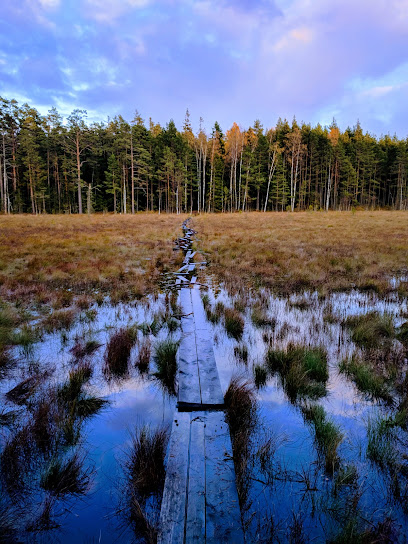
Viitna nature trail
Discover the serene beauty of Viitna Nature Trail, a hiking paradise in Estonia's Lääne-Viru County, perfect for nature lovers and adventure seekers.
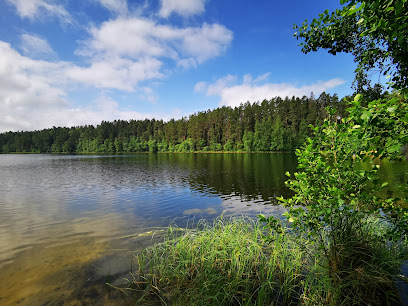
Käsmu hiking trail
Discover the breathtaking beauty and rich history of the Käsmu Hiking Trail in Lahemaa National Park, a must-visit for nature lovers and adventurers.
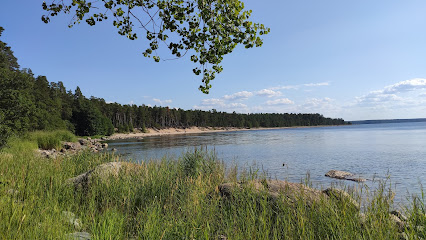
Majakivi
Discover the stunning natural beauty and historical significance of Majakivi, a must-visit tourist attraction in Harju County, Estonia.
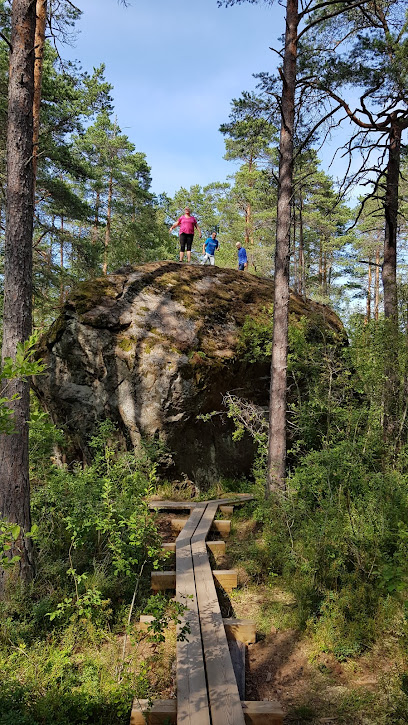
Oandu looduskeskus
Explore the breathtaking landscapes of Estonia at Oandu Looduskeskus, a premier visitor center for nature enthusiasts and adventurers.
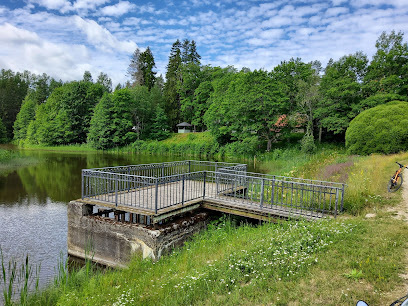
Juminda lighthouse
Explore the historical Juminda Lighthouse, an iconic maritime landmark in Harju County, offering stunning coastal views and rich cultural heritage.
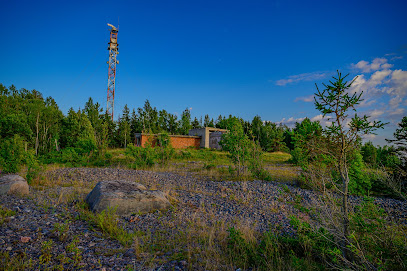
Purekkari neem
Discover the breathtaking beauty of Purekkari Neem, a serene escape in Harju County, Estonia, perfect for nature lovers and tranquil retreats.
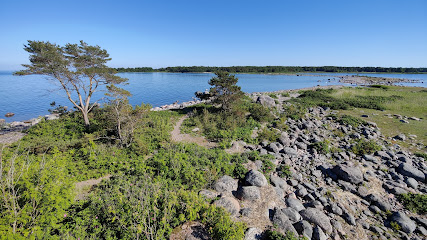
Laevavrakk
Explore Laevavrakk, a stunning tourist attraction in Harju County, where maritime history and natural beauty converge for an unforgettable experience.
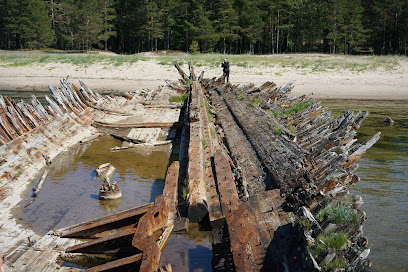
Eru lahe vaatetorn
Discover the beauty of birdwatching at Eru Lahe Vaatetorn, a serene escape in Vihasoo, Estonia, perfect for nature enthusiasts and wildlife photographers.
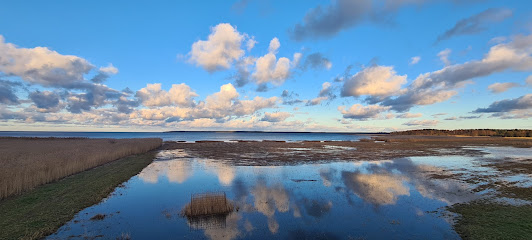
Nõmmeveski - Liiapeksi matkarada
Explore the enchanting Nõmmeveski - Liiapeksi hiking trail in Estonia's Lahemaa National Park, where nature's beauty and tranquility await every visitor.
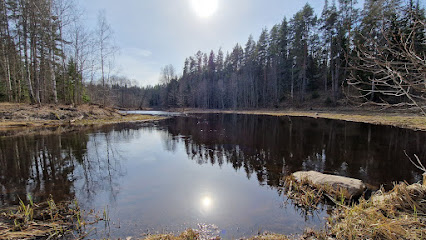
Essential places to dine
Vapiano Solaris
Experience fresh Italian cuisine at Vapiano Solaris in Tallinn, where every dish is crafted with care and passion.
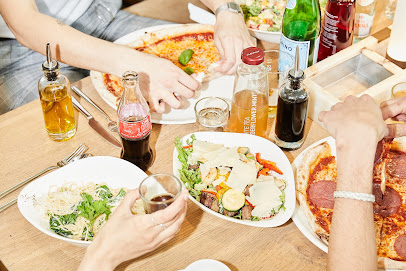
Altja kõrts
Discover authentic Estonian cuisine at Altja kõrts in Lääne-Viru County - where tradition meets tranquility in every delicious bite.

Lahemaa Kohvikann
Discover Lahemaa Kohvikann: A serene dining destination near Estonia's stunning national park offering delicious local cuisine.
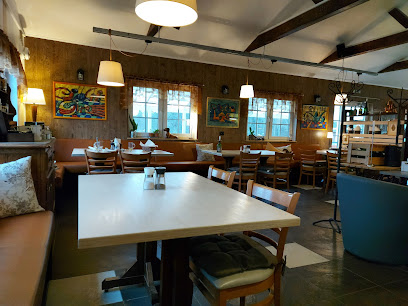
Markets, malls and hidden boutiques
Lahemaa National Park
Experience the breathtaking landscapes and rich cultural history of Lahemaa National Park, a national gem in Estonia offering adventure and tranquility.
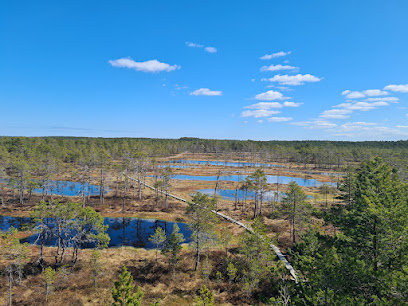
Loksa Konsum
Explore the flavors of Estonia at Loksa Konsum, your friendly neighborhood supermarket offering local delicacies and everyday essentials.
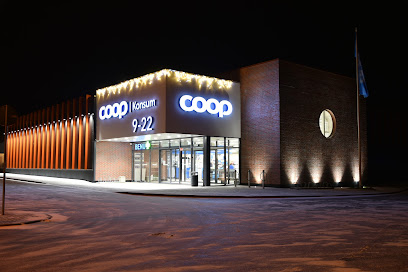
Võsu store
Explore Võsu Store for fresh local produce, unique Estonian delicacies, and a warm, welcoming atmosphere in the heart of Võsu.
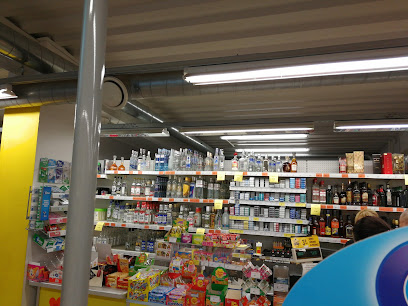
Leesi Shop
Explore Leesi Shop: A delightful grocery store with a sweet twist, offering local flavors and irresistible ice cream in the heart of Harju County.
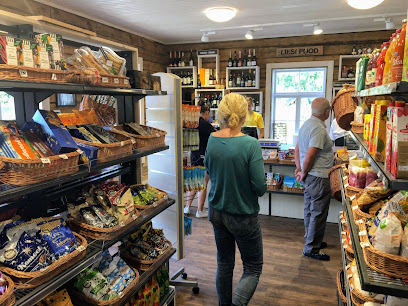
Käsmu pood
Discover the local flavors at Käsmu Pood, a charming grocery store offering fresh bread, hot coffee, and delicious burgers in the heart of Käsmu.
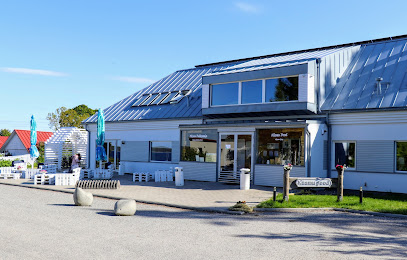
Meie Pood
Experience the best of Estonian grocery shopping at Meie Pood, Loksa’s local gem for fresh produce and traditional delights.
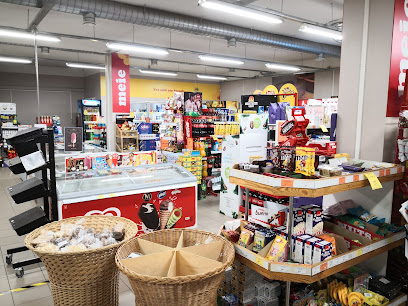
kauplus
Experience the best of shopping and dining at Kauplus, a vibrant mall in the heart of Kuusalu, Estonia, perfect for tourists and locals alike.
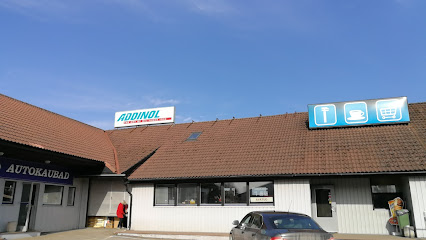
Valentina Pood
Explore Valentina Pood in Loksa for a taste of local Estonian flavors and fresh produce, perfect for your culinary adventures.
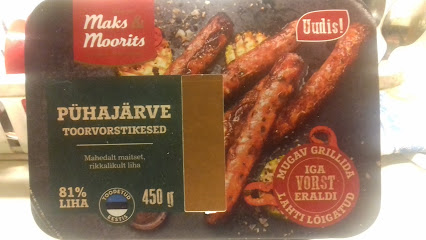
Oldi Pood OÜ
Discover quality building materials and expert advice at Oldi Pood OÜ in Loksa, the perfect destination for all your construction needs.
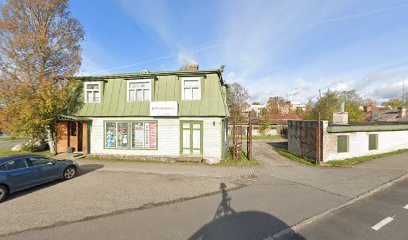
Võhma pood
Experience the charm of Võhma Pood, a local grocery store offering fresh produce and authentic Estonian products in a welcoming atmosphere.
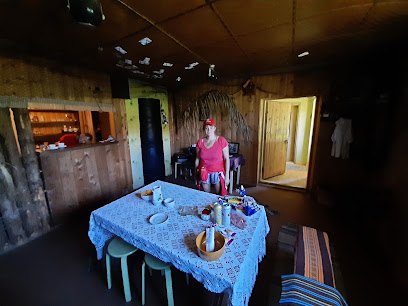
Kalapood
Explore the flavors of Estonia at Kalapood, the essential grocery store in Kuusalu for fresh produce and local delicacies.
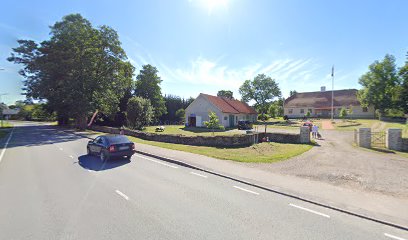
NATURALOvE
Explore NATURALOvE, an internet shop offering eco-friendly products and unique nature-inspired souvenirs in a cozy atmosphere.
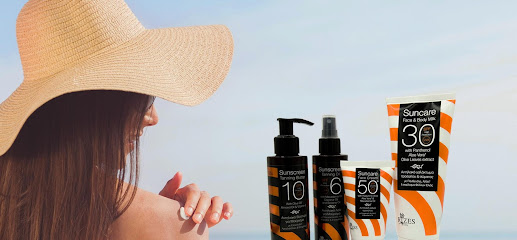
Annika Pood
Explore the unique clothing selection at Annika Pood in Kolga, where local charm meets exceptional fashion for every style.
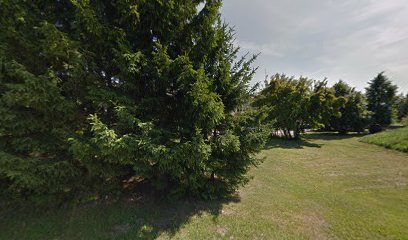
Korjuse Moor OÜ
Explore Korjuse Moor OÜ, a delightful gift shop in Lääne-Viru County offering unique Estonian crafts and souvenirs amidst stunning natural landscapes.
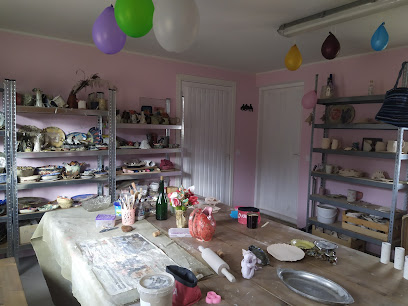
Leoloola
Explore Leoloola in Kuusalu for a unique shopping experience with local crafts, clothing, and treasures waiting to be discovered.
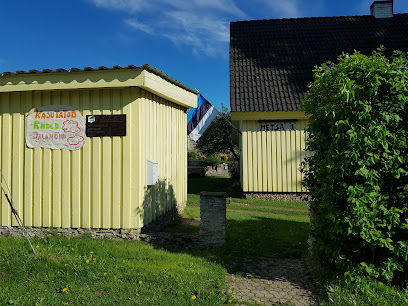
Essential bars & hidden hideouts
Artur Rõmeda šašlõkibaar
Experience the vibrant flavors of Estonia at Artur Rõmeda šašlõkibaar, a must-visit bar in Viitna for delicious grilled dishes and local beverages.
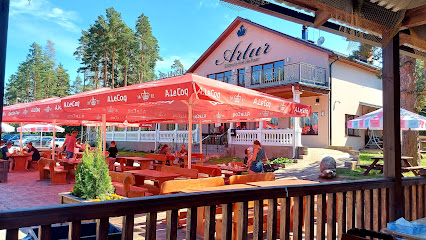
Viinistu Rannaresto
Experience the best of Estonian cuisine at Viinistu Rannaresto, a seaside restaurant offering stunning views and fresh, local dishes.
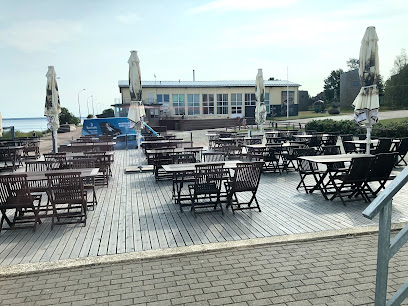
Pubi Tareke
Experience the authentic Estonian pub atmosphere at Pubi Tareke in Tapa, where local brews and hearty meals await every visitor.

Wöse
Discover the authentic flavors of Estonia at Wöse, a cozy restaurant in Võsu that emphasizes local ingredients and unforgettable dining experiences.
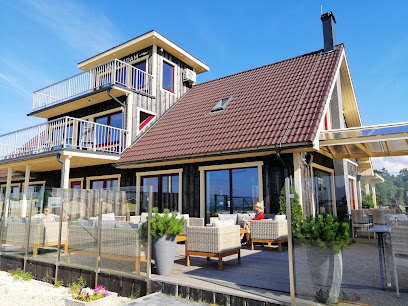
Kaspervik
Discover the flavors of the Baltic at Kaspervik, a charming restaurant in Käsmu, offering fresh local cuisine with stunning coastal views.
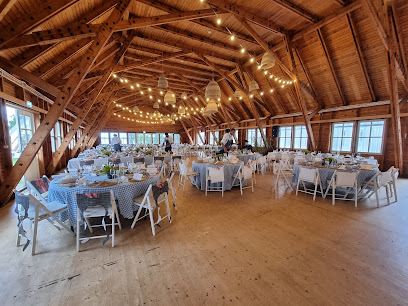
Lahemaa Kohvikann
Experience authentic Estonian cuisine at Lahemaa Kohvikann, a serene restaurant and inn nestled in the heart of nature's beauty in Lääne-Viru County.
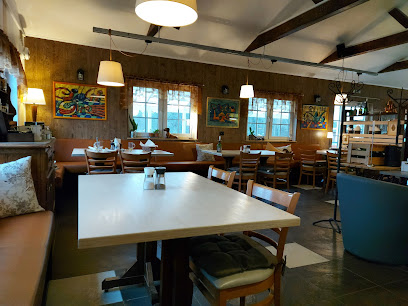
Kadaka Baar OÜ
Kadaka Baar OÜ: A cozy bar and burger haven in Lääne-Viru County, offering local flavors and a welcoming atmosphere.

Perepubi
Enjoy a cozy atmosphere and delightful drinks at Perepubi, a charming pub in Haljala, Estonia, perfect for unwinding after exploring Lääne-Viru County.
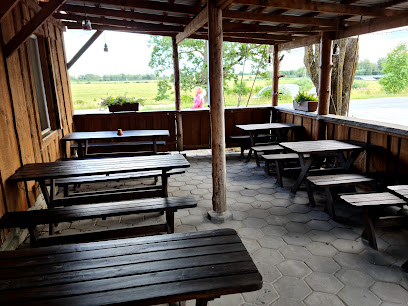
Ukulele
Experience the lively spirit of Võsu at Ukulele Bar, your go-to spot for refreshing drinks and a vibrant social atmosphere in Lääne-Viru County.
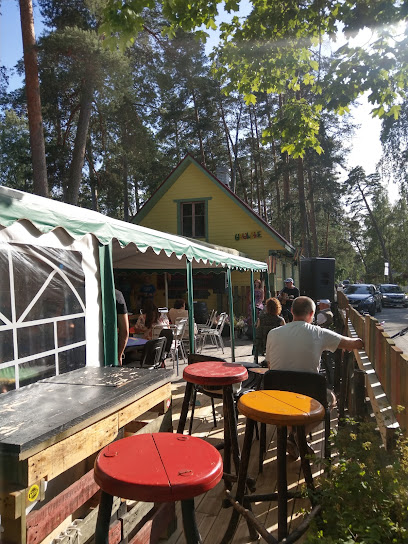
Tõlla Trahter
Experience the Heart of Estonian Cuisine at Tõlla Trahter, Kadrina's Cozy Pub Offering Traditional Dishes and Local Charm.

Mere baar
Discover a cozy retreat at Mere baar in Loksa, where friendly service and a delightful drink selection await you.
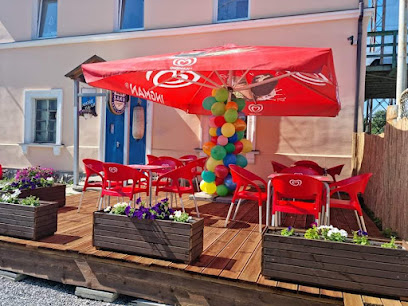
Lucky Bar
Discover the lively atmosphere of Lucky Bar in Loksa, where great drinks and local culture come together for an unforgettable experience.

Nelijärve PUBI / PUB
Discover the essence of Estonian hospitality at Nelijärve PUBI, where local flavors meet a cozy atmosphere in Aegviidu.
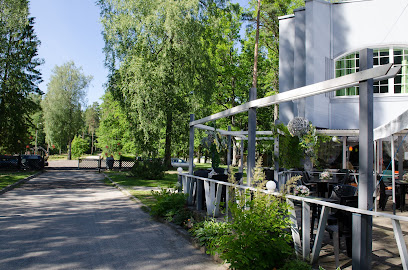
Fifty-fifty
Experience the charm of Harju County at Fifty-fifty, where local flavors and international cuisine meet in a cozy restaurant setting.
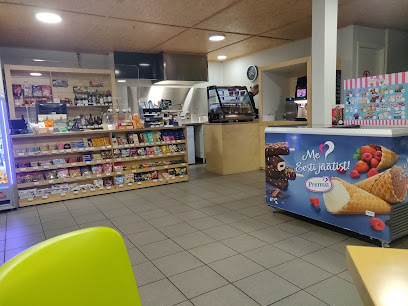
Linnupesa Kohvik
Discover the taste of Estonia at Linnupesa Kohvik, a cozy seaside restaurant in Võsu offering delicious local cuisine and stunning coastal views.
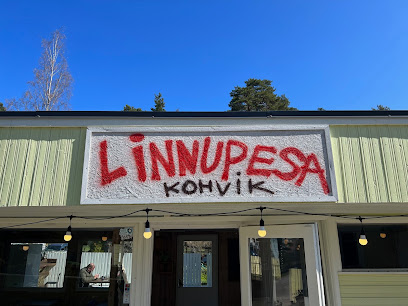
Local Phrases about Lahemaa National Park
-
- HelloTere
[teh-reh] - GoodbyeNägemist
[nah-geh-mist] - YesJah
[yah] - NoEi
[ay] - Please/You're welcomePalun
[pah-loon] - Thank youAitäh
[eye-taah] - Excuse me/SorryVabandust
[vah-bahn-doost] - How are you?Kuidas läheb?
[kwee-das leh-heb] - Fine. And you?Hästi. Ja sina?
[hahs-tee. yah see-nah] - Do you speak English?Kas te räägite inglise keelt?
[kahs teh raah-gi-teh eeng-lee-seh kehlt] - I don't understandMa ei saa aru
[mah ay sah ah-roo]
- HelloTere
-
- I'd like to see the menu, pleaseMa sooviksin menüüd näha, palun
[mah soh-veeks-een meh-nooood nah-hah, pah-loon] - I don't eat meatMa ei söö liha
[mah ay suh leeh-hah] - Cheers!Terviseks!
[tehr-vee-seks] - I would like to pay, pleaseMa sooviksin maksta, palun
[mah soh-veeks-een mahks-tah, pah-loon]
- I'd like to see the menu, pleaseMa sooviksin menüüd näha, palun
-
- Help!Appi!
[ahp-pee] - Go away!Mine minema!
[mee-neh mee-neh-mah] - Call the Police!Helista politseile!
[heh-lee-stah po-lee-tseh-ee-leh] - Call a doctor!Helista arstile!
[heh-lee-stah ahr-stee-leh] - I'm lostMa olen eksinud
[mah oh-lehn ehk-see-nood] - I'm illMa olen haige
[mah oh-lehn hai-geh]
- Help!Appi!
-
- I'd like to buy...Ma sooviksin osta...
[mah soh-veeks-een os-tah] - I'm just lookingMa lihtsalt vaatan
[mah leekh-tsalt vah-tahn] - How much is it?Kui palju see maksab?
[kwee pah-lyoo seh mahk-sahb] - That's too expensiveSee on liiga kallis
[seh ohn leeh-gah kah-lees] - Can you lower the price?Kas te saaksite hinda alandada?
[kahs teh sah-kees-teh hin-dah ah-lahn-dah-dah]
- I'd like to buy...Ma sooviksin osta...
-
- What time is it?Mis kell on?
[mees kehl ohn] - It's one o'clockOn üks tund
[ohn yks toond] - Half past (10)Pool (10) tundi
[pohl (10) toon-dee] - MorningHommik
[hohm-meek] - AfternoonPärastlõuna
[pah-rahst-loo-nah] - EveningÕhtu
[uht-too] - YesterdayEile
[ay-leh] - TodayTäna
[tah-nah] - TomorrowHomme
[hohm-meh] - 1Üks
[ooks] - 2Kaks
[kahks] - 3Kolm
[kolm] - 4Neli
[neh-lee] - 5Viis
[vees] - 6Kuus
[koos] - 7Seitse
[sayt-seh] - 8Kaheksa
[kah-hek-sah] - 9Üheksa
[u-hek-sah] - 10Kümme
[koom-meh]
- What time is it?Mis kell on?
-
- Where's a/the...?Kus on ...?
[koos ohn] - What's the address?Mis on aadress?
[mees ohn ahah-dress] - Can you show me (on the map)?Kas saate mulle näidata (kaardil)?
[kahs sah-teh muh-lleh nah-ee-tahdah (kah-ahr-deel)] - When's the next (bus)?Millal on järgmine (buss)?
[meel-lahl ohn yairg-mee-neh (boos)] - A ticket (to ....)Pilet (....)
[pee-leht]
- Where's a/the...?Kus on ...?
History of Lahemaa National Park
-
Lahemaa National Park is home to numerous ancient settlements and archaeological sites. Evidence suggests that the area has been inhabited since the Stone Age. Excavations have uncovered tools, pottery, and remnants of early human habitation, providing a glimpse into the lives of the region's ancient inhabitants.
-
Lahemaa National Park is renowned for its well-preserved manor houses, which date back to the 17th and 18th centuries. The Palmse Manor, Sagadi Manor, and Vihula Manor are some of the most notable examples. These estates belonged to Baltic German nobility and serve as a testament to the region’s aristocratic history, showcasing elegant architecture and beautifully maintained gardens.
-
During World War II, Lahemaa National Park witnessed significant military activity as both German and Soviet forces occupied the region at different times. Post-war, Estonia fell under Soviet occupation, and many areas within the park were used for military training. Some parts of Lahemaa were restricted zones, adding a layer of complexity to the park's history.
-
Lahemaa National Park was established on June 1, 1971, making it one of the earliest national parks in the Soviet Union and the first in Estonia. The park was created to preserve the unique natural landscapes, cultural heritage, and biodiversity of the region. It covers an area of over 725 square kilometers, including forests, wetlands, and coastal regions.
-
The park is also home to several traditional Estonian fishing villages, such as Käsmu, Võsu, and Altja. These villages offer a glimpse into the traditional ways of life of the coastal communities, with well-preserved wooden houses, old fishing nets, and boat sheds. The Käsmu Maritime Museum is a notable attraction that highlights the maritime history of the region.
-
Lahemaa National Park is a biodiversity hotspot, home to a wide range of flora and fauna, including several endangered species. The park's diverse ecosystems range from dense forests and peat bogs to coastal lagoons and river valleys. Conservation efforts have been crucial in maintaining the ecological balance and protecting the unique species that inhabit the area.
Lahemaa National Park Essentials
-
Lahemaa National Park is located around 70 kilometers east of Tallinn, the capital of Estonia. The nearest airport is Lennart Meri Tallinn Airport. From Tallinn, you can reach the park by car, which takes approximately 1 to 1.5 hours via the E20 highway. Public transport options include buses that run from Tallinn to Viitna or Loksa, towns near the park. Alternatively, you can take a guided tour that includes transportation.
-
Within Lahemaa National Park, the best way to explore is by car or bicycle. While some areas can be reached by public buses, having your own mode of transport allows for greater flexibility. Car rentals are available in Tallinn, and guided tours often provide transportation. For those who enjoy cycling, there are several bike rental services and marked cycling routes within the park.
-
The official currency in Estonia is the Euro (EUR). Credit and debit cards are widely accepted in most hotels, restaurants, and shops within and around Lahemaa National Park. However, it is advisable to carry some cash for smaller establishments and rural areas where card payments might not be accepted. ATMs are available in nearby towns such as Loksa and Viitna.
-
Lahemaa National Park is generally very safe for tourists. However, standard precautions should be taken, such as not leaving valuables unattended and being aware of your surroundings. There are no specific high-crime areas targeting tourists, but it is always best to stay vigilant, especially in isolated areas of the park. Wildlife encounters are rare but possible; follow park guidelines to ensure your safety.
-
In case of emergency, dial 112, the general emergency number for police, fire, and medical services in Estonia. It is recommended to have travel insurance that covers medical emergencies. The nearest medical facilities are in Loksa and Tallinn. For minor health issues, there are pharmacies in nearby towns where you can purchase over-the-counter medications.
-
Fashion: Do wear comfortable and weather-appropriate clothing, especially if you plan to hike. Layers are recommended due to variable weather. Religion: Do respect historical and cultural sites, including churches and manors. Public Transport: Do validate your ticket when using buses. Don’t expect frequent service; check schedules in advance. Greetings: Do greet locals with a smile and a 'Tere!' which means 'Hello.' A handshake is also common. Eating & Drinking: Do try local delicacies such as smoked fish and black bread. Don’t refuse hospitality; it is considered polite to accept food and drink offerings.
-
To experience Lahemaa National Park like a local, consider visiting during off-peak seasons such as late spring or early autumn for fewer crowds and beautiful scenery. Visit the local villages such as Käsmu and Altja to experience traditional Estonian coastal culture. Engage with locals; they are often willing to share stories and tips. Don’t miss out on visiting the historic Palmse Manor and Sagadi Manor, which provide insights into Estonian history and architecture.
Nearby Cities to Lahemaa National Park
-
Things To Do in Tallinn
-
Things To Do in Paide
-
Things To Do in Helsinki
-
Things To Do in Rapla
-
Things To Do in Porvoo
-
Things To Do in Jõhvi
-
Things To Do in Espoo
-
Things To Do in Viljandi
-
Things To Do in Tartu
-
Things To Do in Haapsalu
-
Things To Do in Pärnu
-
Things To Do in Lahti
-
Things To Do in Kärdla
-
Things To Do in Valga
-
Things To Do in Võru












